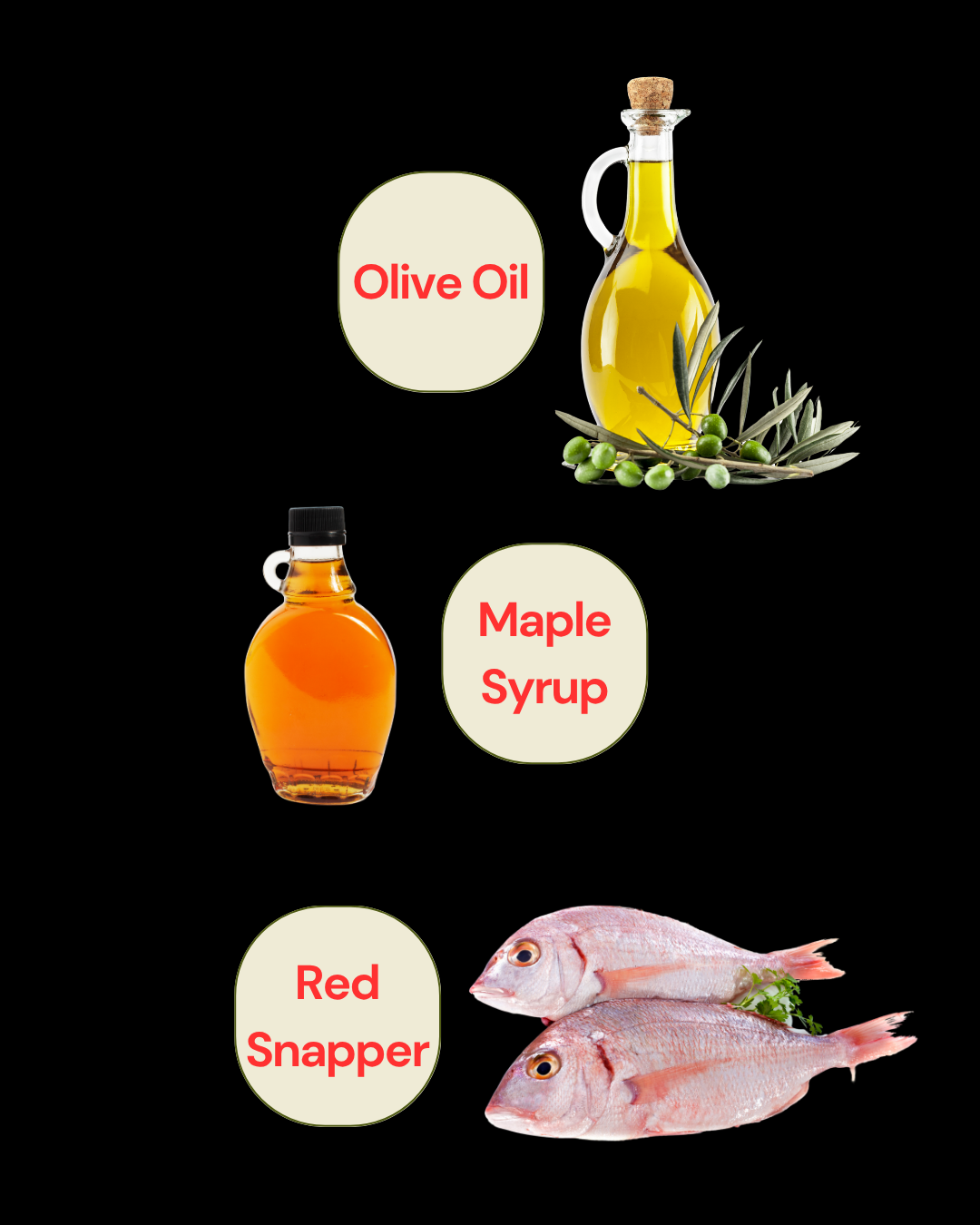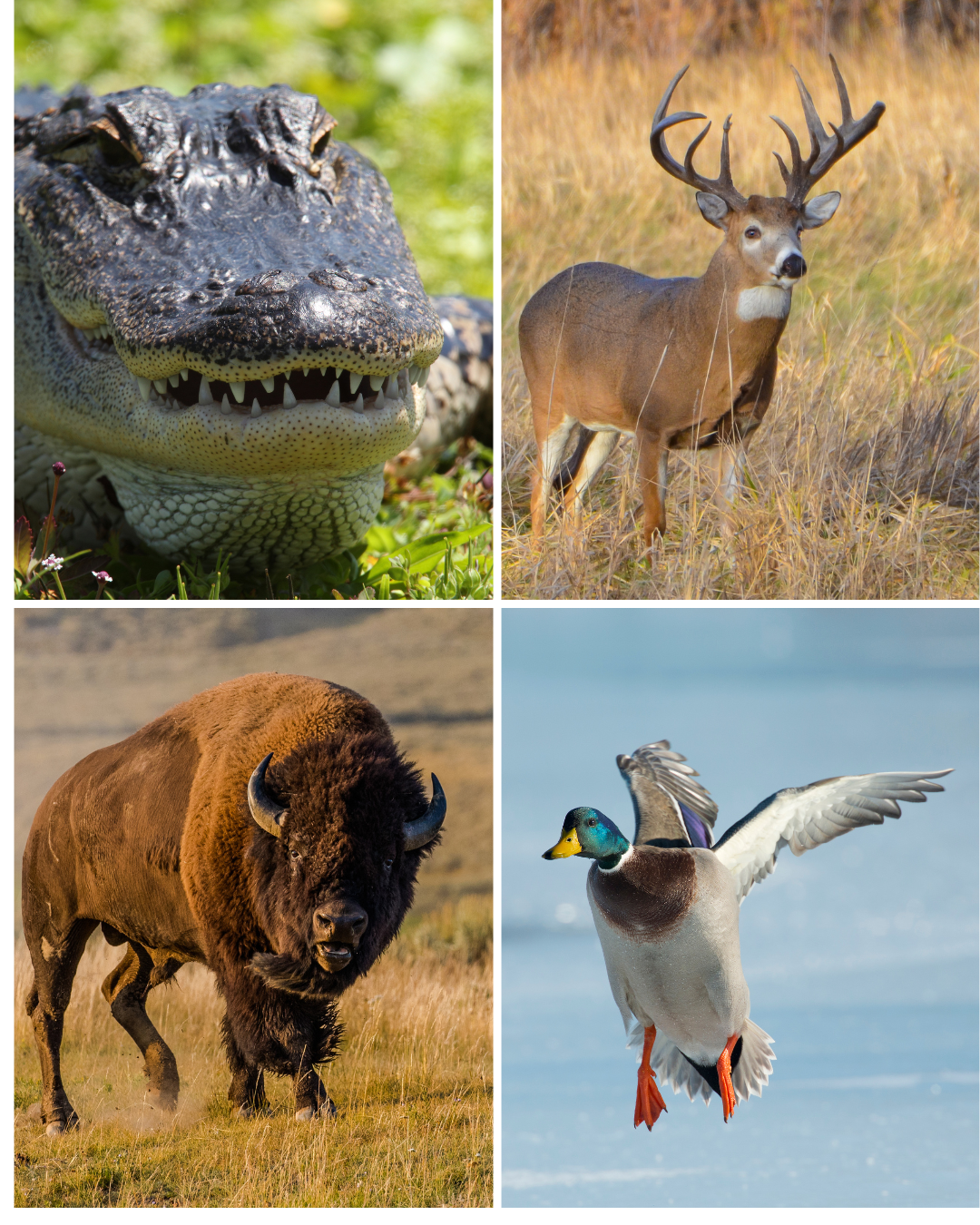31 6.1: Regulatory Government Agencies
There are several federal and state agencies involved in ensuring food sold in the U.S. is safe to consume. On a federal level, the two main agencies regarding purchasing foods are the FDA and USDA. When purchasing and receiving foods, food employees should look for these seals of approval.
The FDA is responsible for regulating most foods, including raw and processed fruits and vegetables, and ensures that these products are safe and appropriately labeled, according to the FDA. The FDA monitors food from domestic and imported sources. The FDA protects consumers from unsafe foods through:

- Research and methods development
- Inspection
- Voluntary Destruction
- Sampling
- Recall
- Seizure
- Injunction
- Criminal prosecution
 Economically motivated adulteration (EMA) occurs when someone intentionally leaves out, takes out, or substitutes a valuable ingredient or part of a food. EMA also occurs when someone misrepresents by adding a substance to a food to make it appear better. For example, when manufacturers add a cheaper vegetable oil to an expensive olive oil but sell the product as 100% olive oil.
Economically motivated adulteration (EMA) occurs when someone intentionally leaves out, takes out, or substitutes a valuable ingredient or part of a food. EMA also occurs when someone misrepresents by adding a substance to a food to make it appear better. For example, when manufacturers add a cheaper vegetable oil to an expensive olive oil but sell the product as 100% olive oil.
Depending on what is added, substituted, or left out, food fraud can pose a significant health risk to consumers. Toxic poisoning and allergic reactions can lead to serious health conditions and even death.
The USDA Inspection is a mandatory process ensuring that meat, poultry and eggs are safe for consumption. The inspection process involves verifying that meat, poultry and eggs meet specific safety standards.
The USDA Grading process is a voluntary service that can be requested and paid for by producers. Grading assesses the quality based on factors such as marbling, tenderness, juiciness, shape, and overall palatability. The USDA uses a system of grades, for example the top three beef grades are Prime, Choice, and Select.
Foods that have been vacuum sealed (hermetically sealed) should be purchased from a processing plant that is regulated by the appropriate regulatory agency. Meat and poultry that is not ready to eat or eggs that have not been treated to destroy bacteria must be labeled with safe handling instructions.
Fish and molluscan shellfish, whether fresh or frozen, must be commercially and legally caught or harvested. Foraged, or wild grown, mushrooms are only allowed with regulatory approval.

Game animals such as bison, venison, elk, alligator, rabbit or duck must be commercially raised for food and follow all regulatory guidelines. Wild caught game animals can be purchased from facilities that are inspected by the regulatory agency and follow all laws regarding slaughtering and processing.
occurs when someone intentionally leaves out, takes out, or substitutes a valuable ingredient or part of a food or misrepresents by adding a substance to a food to make it appear better
mandatory process ensuring that meat, poultry and eggs are safe for consumption
voluntary process that assesses the quality of meat, poultry and eggs on factors such as marbling, tenderness, juiciness, shape, and overall palatability
